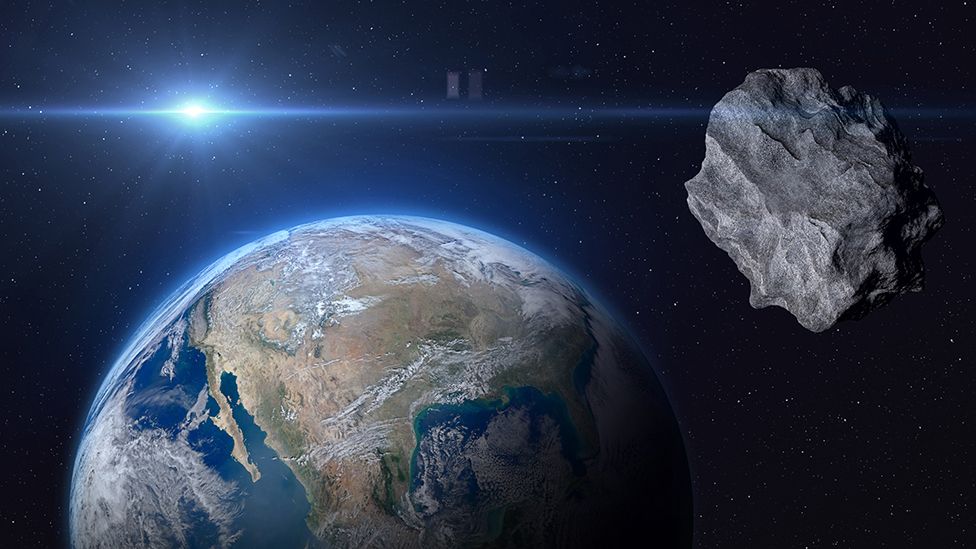In recent years, there has been growing concern about the potential for asteroids to collide with our planet. This concern became all the more real when the tiny asteroid 2023 BU passed by Earth's orbit just a few weeks ago. If this asteroid had hit the Earth, what would have been the consequences?
First, let's put things in perspective. 2023 BU is a tiny asteroid, only about 10 meters (33 feet) in diameter. By comparison, the asteroid that wiped out the dinosaurs 65 million years ago was estimated to be between 10 and 15 kilometers (6 to 9 miles) across. So, even if 2023 BU had hit the Earth, the impact would not have been catastrophic on a global scale. However, that doesn't mean it wouldn't have caused significant damage.
Assuming the asteroid had hit the Earth's surface, the first thing that would have happened is a massive explosion. The energy released by the impact would be equivalent to that of a small nuclear bomb. The explosion would likely create a crater several meters deep and dozens of meters wide.
The shockwave created by the explosion would be felt for miles around, and could potentially cause damage to buildings and infrastructure. Depending on where the impact occurred, there could also be secondary effects such as fires, landslides, and tsunamis.
One of the biggest concerns would be the release of dust and debris into the atmosphere. This could have a significant impact on the climate, potentially causing a "nuclear winter" effect. The dust would block out sunlight, causing temperatures to drop and disrupting weather patterns.
Another concern would be the potential for the asteroid to hit a populated area. While the likelihood of this happening is relatively low, it's not impossible. If the asteroid had hit a city, the consequences could be devastating. The explosion would be more powerful, and the shockwave would cause even more damage. There would also be a significant risk of casualties.
So, what can we do to prepare for a potential asteroid impact? The good news is that NASA and other space agencies are already working on it. There are several ongoing programs to track asteroids and identify potential threats. If an asteroid is identified as a potential threat, there are a few options for dealing with it.
One option is to deflect the asteroid away from Earth's orbit. This could be done by using a spacecraft to nudge the asteroid off course. Another option is to destroy the asteroid before it reaches the Earth. This could be done by using a nuclear explosion or other means.
While the chances of a catastrophic asteroid impact are relatively low, it's still important to be prepared. By continuing to track asteroids and develop methods for dealing with potential threats, we can help ensure the safety of our planet and its inhabitants.
